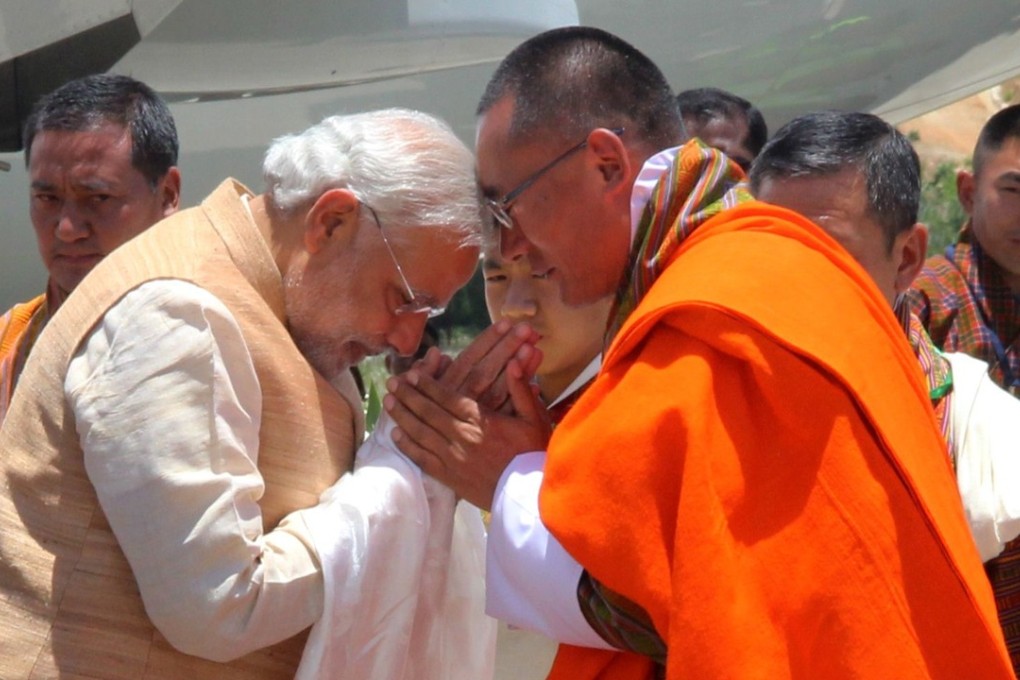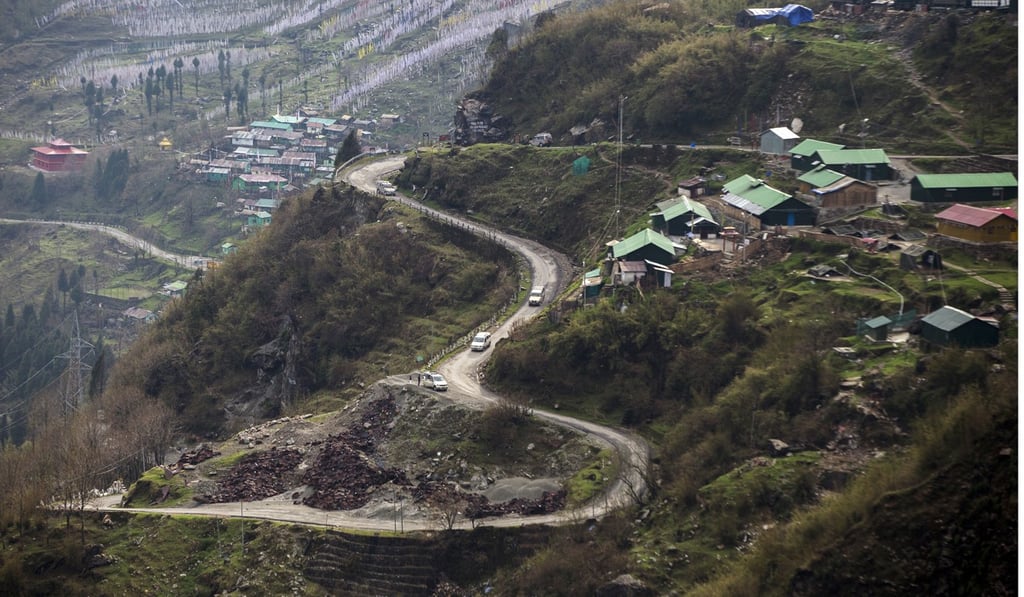Bhutan can solve its border problem with China – if India lets it
The only surviving Tibetan Buddhist kingdom is caught between a rock and a hard place, seemingly willing to negotiate its longstanding territorial claims with Beijing but feeling the heat from an overbearing New Delhi

Rhetoric has been flying thick and fast on both sides, with Beijing reminding India about the “lesson” of 1962 and New Delhi retorting that it is not the same India that lost poorly to China in that short border war 55 years ago. The current situation is portrayed by India’s hyper-nationalistic media in terms of encirclement by China and Beijing’s designs on India. However, for the small Himalayan states and border regions, it’s not China that makes them nervous, it’s India.
The Indian press, calling it a border dispute between India and China, colourfully describes the disputed narrow valley leading into India’s northeast as the “chicken neck”. The valley is supposedly the “dagger” pointing at India, alluding to China’s strategic intentions. In reality, the issue does not have much to do with the border, and definitely not the China-India border. The area under contention, between Bhutan and Tibet, has never been cartographically demarcated.

Border standoff with India be damned, Chinese love for this Bollywood film just keeps growing
Since 1984, Bhutan and China have held 24 rounds of talks, the content of which has been kept secret. Both parties have mouthed the usual diplomatic platitudes, but the protracted nature of the talks indicates major disagreement.